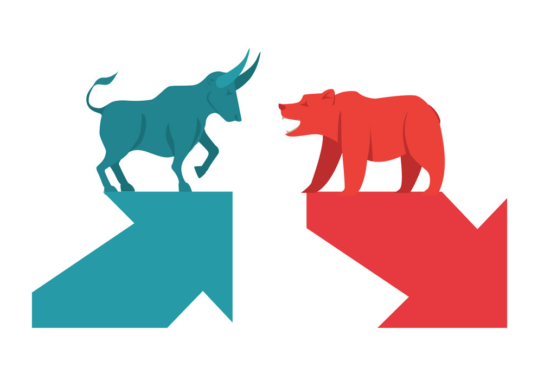A rising stock market alongside 11% unemployment has put the US Federal Reserve in a quandary amid the national debate over racial and economic fairness: Is it helping fix the problems its top officials agree need fixing, or deepening divides between Black and white, and rich and poor?
Atlanta Fed President Raphael Bostic, pressing what he hopes will be a transformative discussion about race and economic inequality, said in an interview that fixing on questions like today’s stock prices “kind of misses the reality” of how deep and longstanding the economic wedge is between US minority populations and most whites.
“We did not get to this point in like three days. So there is not going to be one silver bullet or one action” that dents problems like the roughly 10-to-1 gap between Black and white household wealth, differences in income that persist regardless of education levels, or a Black jobless rate nearly double that of whites before the pandemic.
The reckoning needs to be deeper, grappling with a legacy of economic disadvantages from slavery through legal segregation, he said. Far from being levelled by market forces or government policy, those have compounded over time to the detriment not just of Blacks but of the country as a whole.
“Economic models don’t have ‘reachback loops’ for things that have happened in the past to figure out what an optimal strategy for today might be,” said Bostic, the first Black to head one of the Fed’s 12 regional branches.
“We are leaving talent on the table. We are leaving money on the table. And it is in all of our interest to try to find that money.”
It is an insight that opens a broader discussion – of whether monetary reparations to repair the damage of discrimination make sense, for example, of how tax, social and employment policy should change, of whether the Fed should build racial metrics into its policy analysis or be given broader powers to help individual households.
Bostic remains open to all ideas and “could imagine” a day when the unemployment rate for Blacks gets highlighted in Fed statements as a way to measure the true strength of the labour market. As in the decade-long recovery that just ended, it is only late in economic cycles that the gap in joblessness between Blacks and whites tends to narrow.
The Fed’s 1970s fight with inflation still defines much of its debate and analysis, even though the risks to growth posed by economic inequality may be greater today than the risks of prices rising too fast, said Mehrsa Baradaran, a University of California Irvine law professor. She argues the Fed needs to expand from its current practice of working mostly through the banking system.
“Immediately, tomorrow,” she said, the Fed could start buying municipal bonds of “every city or area that is a low-income or formerly red-lined community. They float bonds and the Fed buys it up and creates that market.”
It may seem a stretch – and Baradaran and others of like mind acknowledge their ideas are more fiscal in nature, and should be the province of Congress.
Yet the pandemic has led the Fed to buy corporate bonds, make short-term loans to municipalities with adequate credit ratings, and participate in direct loans to smaller companies – boundary-breaking steps and evidence the Fed can push in new directions.
“I think the Federal Reserve has more urgency in structuring its programmes than they may want to admit,” said former Fed governor and Duke University law professor Sarah Bloom Raskin.
Raskin noted the Fed has taken bold steps with no prior record of how tools like corporate bond-buying might work in the United States to achieve goals like raising employment. So why not take others as well?
“We don’t exactly understand how buying a fixed-income (Exchange Traded Fund) transmits to high employment … It is an experiment that has not yet been proven,” she said of one new Fed programme meant to stabilise the corporate bond market.
Fed officials take a narrow view of how much they can influence the distribution of economic gains, arguing they can’t change the technological or legal structure of the economy, act outside of governing statutes or political constraints, or do much beyond trying to drive unemployment as low as possible.
But the central bank also has been paying attention. As a group they speak more frequently about racial disadvantages and overall inequality, and Bostic recently wrote an essay on the subject – all part of a “bully pulpit” campaign Bostic says can be influential and is here to stay.
Formal analysis being presented to the Federal Open Market Committee is including more and deeper looks at how inequality affects the overall economy, and Bostic said if nothing else the Fed can drive research to help other officials craft better policies and help businesses revamp, for example, hiring and promotion practices.
Progress, Bostic said, will need to involve everyone.
“This may be a moment in time when there is a broader collection of people starting to coalesce … There is a recognition that distributions do matter,” he said. “I don’t think policymakers are going to have the luxury to just ignore that.” – July 16, 2020, Reuters










